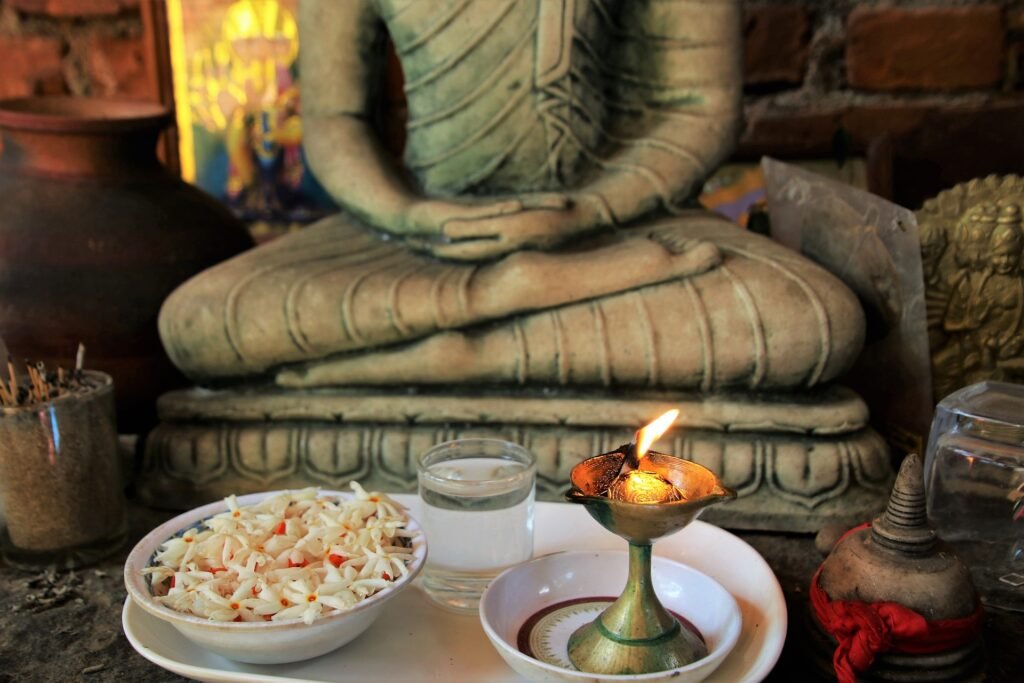Introduction
The art of crafting incense is akin to painting—but instead of colors, you blend aromas to create a sensory tapestry that can transport you through time and space. Whether it’s the soft whispers of lavender fields or the intense muskiness of exotic resins, incense holds an irreplaceable spot in human history and spirituality. This comprehensive guide aims to be your ultimate go-to for incense recipes. Spanning both ancient formulations that have been passed down through millennia and modern blends you can whip up in your own kitchen, we’ve curated a plethora of recipes to suit every aromatic aspiration. For those eager to get started and learn more about the foundational principles of incense blending, don’t forget to delve into our seminal piece on The Art and Science of Incense Blending.
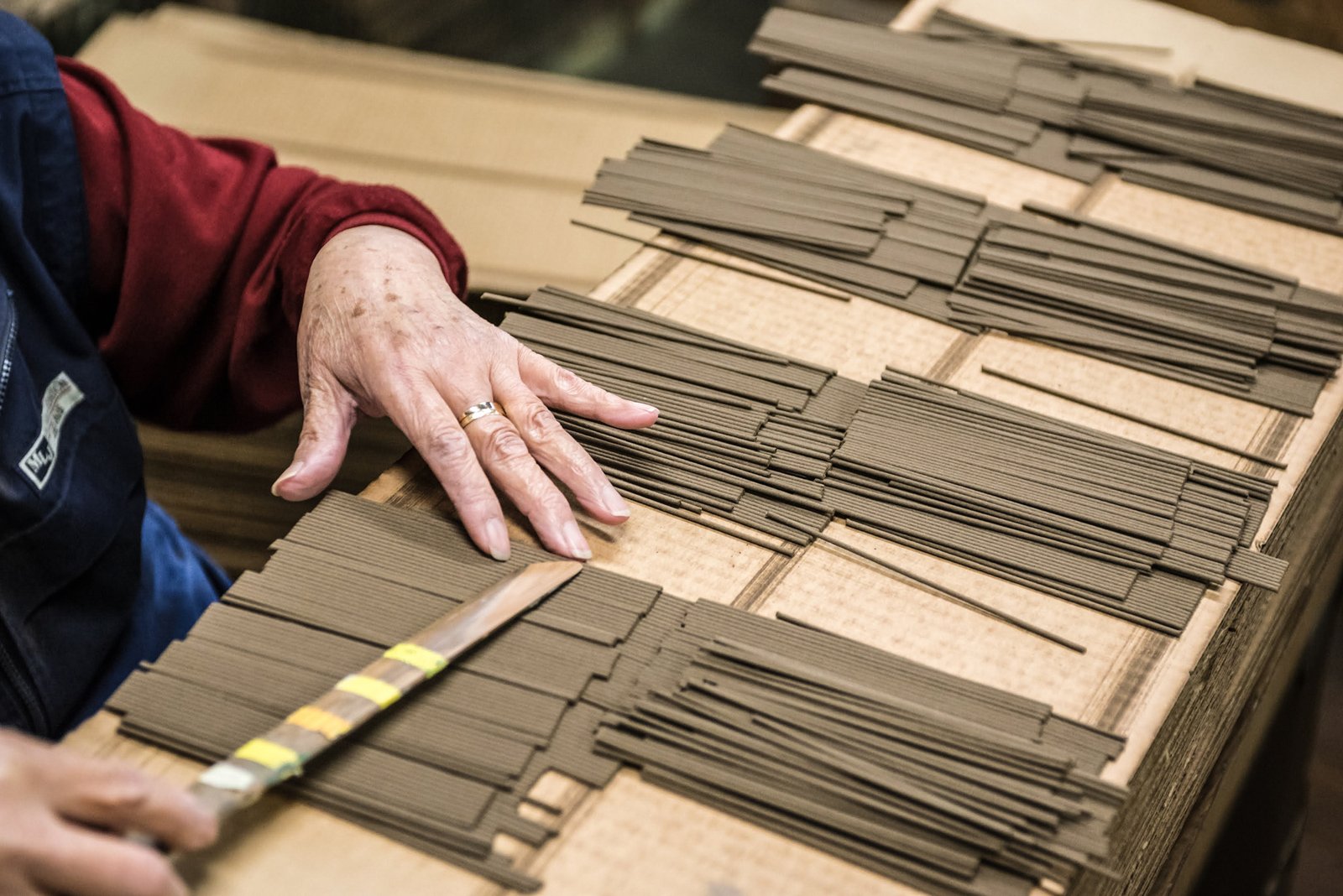
Before We Start: A Quick Disclaimer
The art of crafting incense is as much about personal intuition as it is about following traditional recipes. Therefore, it’s important to note that the quantities specified for the ingredients in all the recipes presented here are mere starting points—consider them as your initial stepping stones on a journey of olfactory exploration.
Feel free to tweak these quantities to better suit your personal preferences or to experiment with substitutions. Incense making is a dynamic craft that thrives on creativity and individuality. Just as a chef might add a personal twist to a classic recipe, you too can adjust, experiment, and adapt the quantities and ingredients to your liking.
The idea is to inspire you to embrace the freedom that comes with this ancient craft and to create aromatic blends that speak to your soul. So take these recipes as your foundational guidelines and then soar on the wings of your own creativity. Happy crafting!
Beginner-Friendly Incense Recipes
The alchemy of incense crafting is as varied as it is enchanting, but every journey has its first step. For those new to the art, starting with simpler blends is both rewarding and instructive. As you gain more confidence and understanding of different elements, the path to more complex recipes will unfold naturally. Below are some beginner-friendly incense recipes that are easy to make yet provide a rich, olfactory experience.
Floral Bliss: Lavender and Rose Petal Recipe
Ingredients Needed:
- Lavender buds: 20 grams
- Rose petals: 10 grams
- Makko powder (a natural binder) 5 grams
Steps:
- Preparation: Begin by ensuring your lavender buds and rose petals are thoroughly dry. This is crucial for the incense to burn correctly.
- Grinding: Using a mortar and pestle, grind the lavender and rose petals into a fine powder.
- Mixing: Combine the ground materials with makko powder. The general ratio is 1 part makko to 3 parts aromatic ingredients.
- Blending: Mix thoroughly until you achieve a uniform blend.
- Shaping: Create small cones or cylinders on a non-stick surface.
- Drying: Let the shaped incense dry for a minimum of 48 hours before use.
This Floral Bliss recipe combines the romantic aroma of rose with the calming undertones of lavender, offering a serene and harmonious scent perfect for relaxation or stress relief. The makko powder acts as a natural binder and fuel, allowing for a smooth, sustained burn.
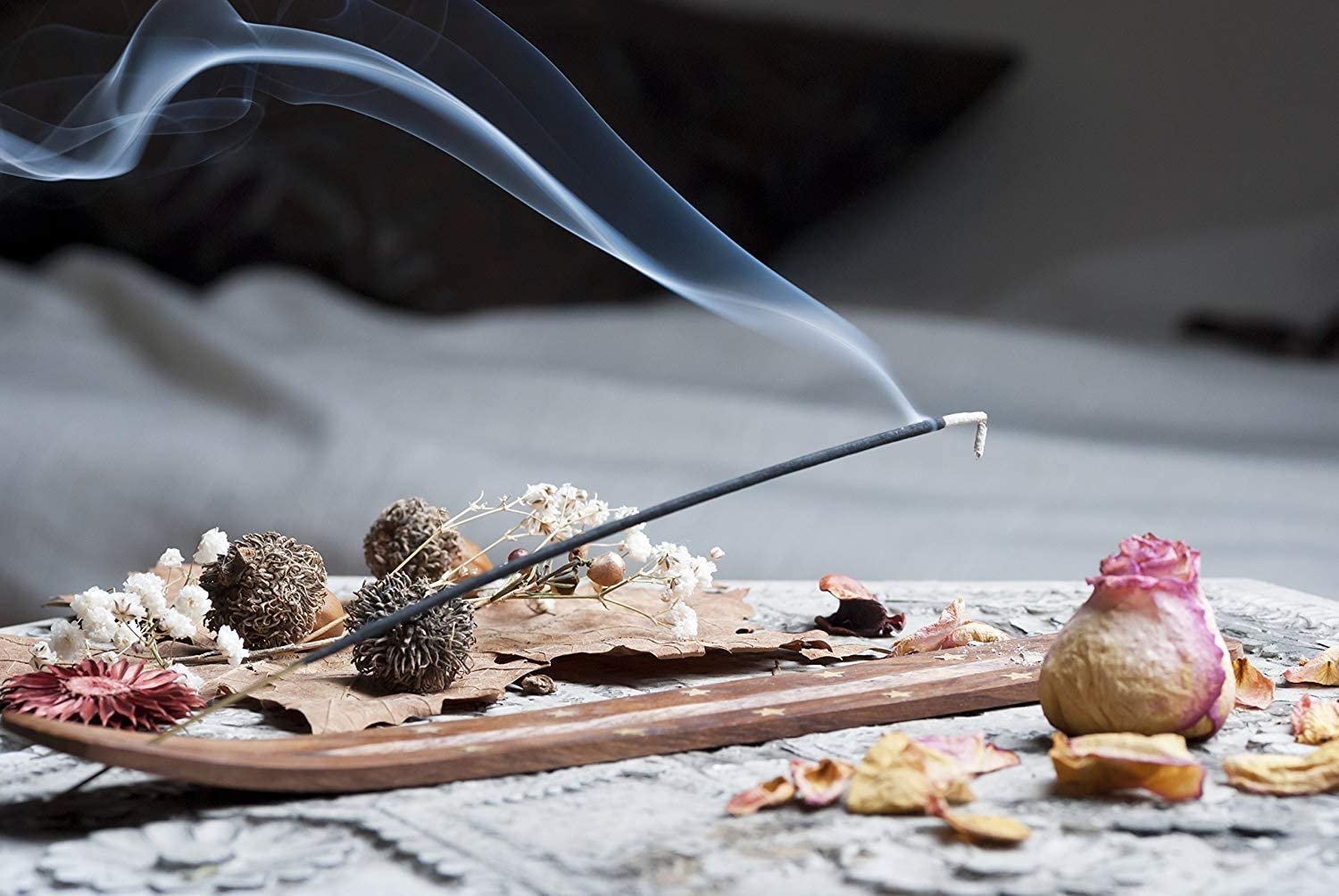
Earthy Undertones: Sandalwood and Cedarwood Recipe
Ingredients Needed:
- Sandalwood powder: 15 grams
- Cedarwood chips: 10 grams
- Makko powder: 5 grams
Steps:
- Material Sourcing: Both sandalwood and cedarwood are popular in the realm of incense for their grounding, soothing qualities. Make sure to source high-quality, sustainably harvested materials for an authentic experience.
- Preparation: Ensure that your cedarwood chips are finely ground, using a grinder if necessary.
- Ratio and Mixing: The ideal ratio here is roughly 2 parts sandalwood powder to 1 part cedarwood chips, plus 1 part makko powder.
- Blending: Mix these ingredients thoroughly in a bowl. Your goal is a well-blended, uniform mixture.
- Binding and Shaping: Slowly add a few drops of water or natural resin to act as a binding agent. Shape the mixture into cones or cylinders.
- Curing: Let the incense dry for a week to allow the elements to meld together and the scent to mature.
The Earthy Undertones recipe is perfect for those who want to feel more connected to nature, making it ideal for outdoor gatherings or meditative practices focused on grounding. The robust, woody scent of cedarwood meshes beautifully with the subtle sweetness of sandalwood, offering a complex aroma that evolves as it burns.
Classic Sage: Sage and Lavender Recipe
Ingredients Needed:
- Dried sage: 20 grams
- Lavender buds: 10 grams
- Gum Arabic: 5 grams
Steps:
- Choosing Your Herbs: Both sage and lavender are iconic in the world of incense and have been used across cultures for cleansing and relaxation. It’s crucial to use dried, high-quality herbs for this recipe.
- Preparation: Using a mortar and pestle, grind the dried sage and lavender buds into a fine powder.
- Gum Arabic: This will serve as your binding agent. Dissolve gum arabic in a bit of hot water to create a thick but runny mixture.
- Mixing and Binding: In a bowl, combine the powdered sage and lavender at a 1:1 ratio. Add the dissolved gum arabic gradually, stirring until you get a dough-like consistency.
- Shaping: Take small amounts of the mixture and shape them into cones or cylinders, depending on your preference.
- Curing: Place the shaped incense in a dry, dark place to cure for at least one week. This allows the ingredients to meld together, enhancing the aromatic properties of each component.
This Classic Sage recipe combines the purifying energies of sage with the calming properties of lavender for a balanced and harmonious aromatic experience. It’s ideal for spaces that require cleansing, or for rituals and meditative practices that call for a serene, tranquil ambiance.
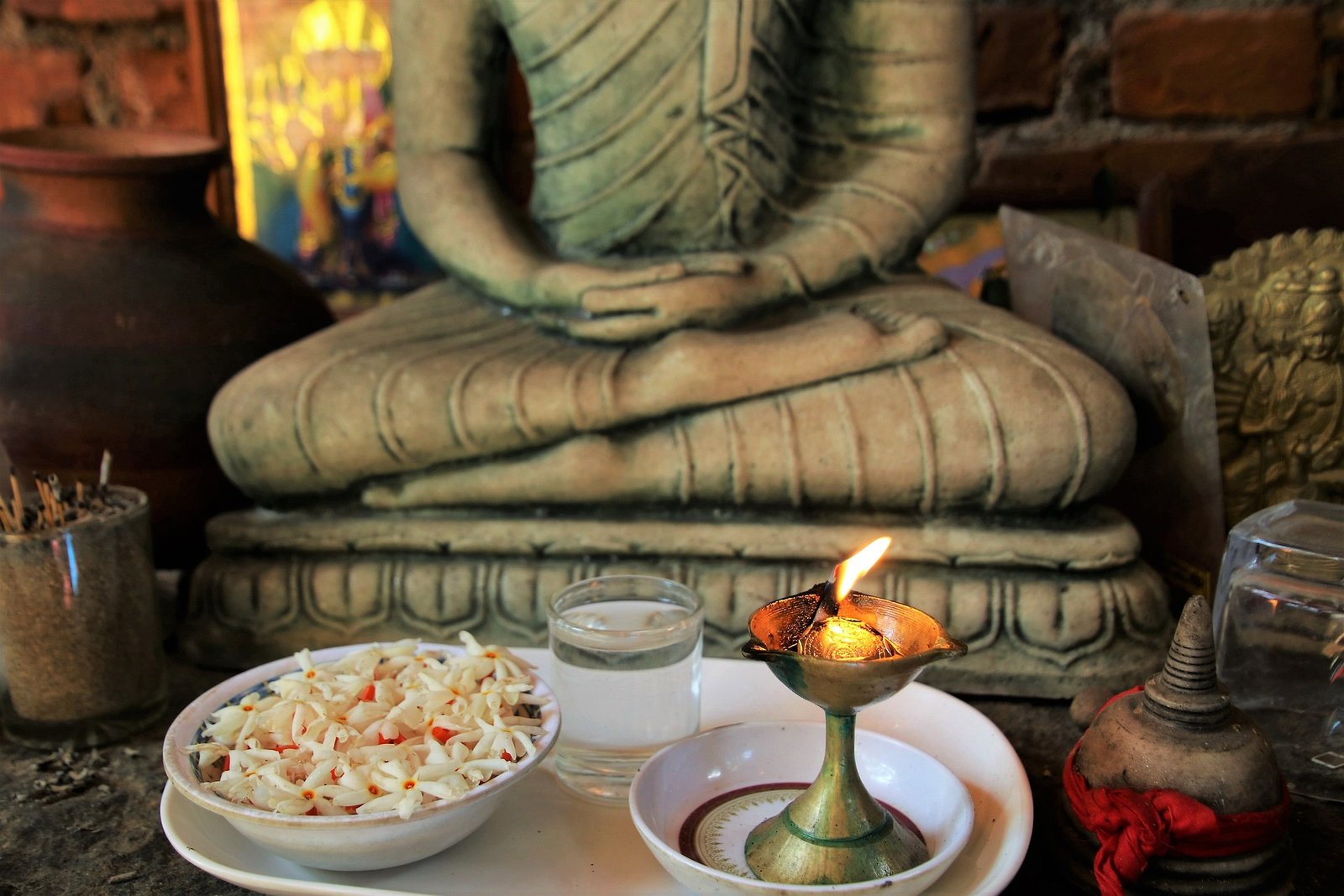
Ancient Incense Recipes
The art of incense-making is a tapestry woven through time, deeply embedded in the rites and rituals of ancient civilizations. As you move beyond the foundational recipes, the allure of ancient incense recipes beckons. These aren’t just recipes; they are aromatic time capsules, each telling a story steeped in mysticism, medicine, and ritual. From the sacred temples of Egypt to the serene monasteries in Tibet, each recipe we explore offers a unique scent profile, intricately tied to its historical context. Prepare to embark on a fragrant journey through history.
Kyphi: An Ancient Egyptian Incense (Advanced)
Historical Context:
Kyphi is one of the most ancient and revered types of incense, originally crafted in the sacred temples of ancient Egypt. It was often used in ritualistic settings, associated with evening prayers to the gods, or even as a form of medicine. The complexity of Kyphi’s blend imbues it with a unique, multifaceted aroma that still captivates people today.
Ingredients Needed:
- Raisins: 1/4 cup
- Red wine: 1/2 cup
- Honey: 2 tablespoons
- Myrrh: 20 grams
- Frankincense: 20 grams
- Juniper berries: 10 grams
- Sandalwood: 15 grams
- Additional aromatic spices (such as cinnamon, cardamom, or cypress) 10 grams each according to taste
Steps:
- Preparation of Ingredients: Before you can even begin to blend, each component must be prepped. Soak the raisins in red wine for approximately 7 days. This will form the base of your Kyphi.
- The Cooking Process: On a low heat, cook the raisins soaked in red wine, adding honey as you stir. Aim for a paste-like consistency.
- Incorporating Resins and Herbs: Myrrh and frankincense should be ground into a fine powder. The other aromatic spices and sandalwood should also be ground up before being mixed into the raisin, wine, and honey paste.
- Aging the Mixture: Once all ingredients are mixed, allow the mixture to age for about a week. This ensures the full integration of the various components.
- Shaping and Drying: After the aging process, shape the mixture into small pellets. These should be left to dry and harden for another week before they can be used.
Given its antiquity and complex crafting process, Kyphi is not just an aromatic blend; it’s a journey into ancient spirituality and medicine. This rich and potent blend offers layers of complex scents that evolve as it burns, making it not only a historical relic but a continually captivating aromatic experience.
Biblical Frankincense and Myrrh Powder (Beginner Friendly)
Historical Context:
Frankincense and Myrrh are perhaps the most iconic resins when it comes to religious and ceremonial practices. Originating in the arid regions of the Arabian Peninsula and East Africa, these aromatic substances have been prized for millennia. Used in the context of Judeo-Christian traditions, these resins have an unparalleled significance. They have been mentioned multiple times in religious texts, including being among the gifts presented to the infant Jesus by the Wise Men in the New Testament.
Ingredients Needed:
- Frankincense resin: 20 grams
- Myrrh resin: 15 grams
- Charcoal disks: for burning
- Olive oil (optional)
- A heat-resistant incense burner or censer: for burning
Steps:
- Preparation: Sort through your frankincense tears and myrrh resin, removing any impurities like bark or stones.
- Measurement: Use equal parts of frankincense and myrrh. For a small batch, a quarter cup of each should suffice.
- Grinding: If you prefer a smoother texture, you can grind the frankincense and myrrh using a mortar and pestle. This will release more aroma when burned but is optional.
- Optional Infusion: If you choose to use olive oil, mix a few drops into the ground resins. This can give the incense a smoother burn.
- Activation: Light a charcoal disk using tongs and place it in your heat-resistant incense burner or censer.
- Application: Once the charcoal is glowing and has formed a layer of ash, carefully sprinkle your frankincense and myrrh mixture onto it.
- Mindful Burning: The resin will begin to melt and release its aromatic smoke. Ensure proper ventilation and consider using it during prayer, meditation, or other spiritual activities.
As the mesmerizing aroma of Biblical Frankincense and Myrrh fills your space, you’ll find yourself transported to an ancient world, feeling a deep sense of reverence and spiritual enrichment that has stood the test of time.

Tibetan Monastery Incense (Advanced)
Historical Context:
Originating in the serene monasteries of Tibet, this ancient recipe has been used for centuries in spiritual and healing practices. Known for its meditative qualities, this incense blend is deeply rooted in Tibetan Buddhism and is often used during meditation sessions to promote focus and inner peace.
Ingredients Needed:
- Juniper berries or juniper wood: 20 grams
- Cedarwood chips: 20 grams
- White and red sandalwood: 10 grams
- Saffron: 0,5 grams
- Cloves: 5 grams
- Cardamom: 5 grams
- Artemisia (also known as Tibetan sage or wormwood) 10 grams
- Various medicinal herbs such as Rhodiola, and ginseng: 20 grams combined
- Makko powder or Tabu no ki (for binding) 20 grams
Steps:
- Preparation: Grind juniper, cedarwood, both types of sandalwood, saffron, cloves, and cardamom into a fine powder.
- Herbal Infusion: If you’re using medicinal herbs like rhodiola or ginseng, grind them separately and then add them to your main mixture.
- Aromatic Blending: Combine all ground ingredients in a large bowl. This includes your wood powders, spices, and medicinal herbs.
- Add Binder: Slowly add Makko powder to the mixture. This acts as a binding agent and helps the incense burn smoothly.
- Water Mixing: Add a small amount of water to make a malleable dough.
- Shaping: Form the dough into small balls or elongated shapes, akin to traditional Tibetan incense sticks.
- Drying: Allow them to dry in a shaded, well-ventilated area for at least two weeks.
- Test Burn: After drying, light one to ensure it burns well and produces the desired meditative atmosphere.
With its rich array of ingredients, this Tibetan Monastery Incense offers a complex yet harmonious fragrance that has been cherished for centuries. Whether you are new to meditation or a seasoned practitioner, this blend will help deepen your practice.
The Tao of Incense: Ancient Chinese Recipe (Advanced)
Historical Context:
The tradition of incense burning in ancient China dates back thousands of years and has been deeply embedded in various spiritual and healing practices. It is said that Confucius himself was never without the scent of incense around him. This ancient Chinese recipe seeks to capture the essence of those practices, offering a serene aromatic experience that takes you on a journey through the misty landscapes of ancient China.
Ingredients Needed:
- Agarwood chips: 20grams
- Sandalwood powder: 15 grams
- Cloves: 5 grams
- Makko powder (as a binder) 10 grams
Steps:
- Prepare the Ingredients: Grind agarwood chips and sandalwood powder into a fine consistency using a mortar and pestle.
- Blend the Base: Mix the agarwood and sandalwood in a bowl, ensuring a consistent blend.
- Add Aromatic Cloves: Grind a handful of cloves and add them to your base mixture.
- Integrate the Binder: Gradually add Makko powder to your mixture while stirring, to help your ingredients hold together.
- Shape and Press: Using your hands, form the mixture into small cone shapes or sticks. Alternatively, you can use molds.
- Dry Them Out: Place your shaped incense on a tray and let them dry in a cool, dark place for at least two weeks. This allows the ingredients to meld together and enhances the fragrance.
- Test the Incense: After two weeks, light one of your creations to ensure it burns smoothly and produces the desired scent. Make any adjustments to the recipe as needed.
Crafting this ancient Chinese blend not only pays homage to a centuries-old practice but also provides a scent that is conducive for meditation, offering a little piece of serenity in today’s busy world.
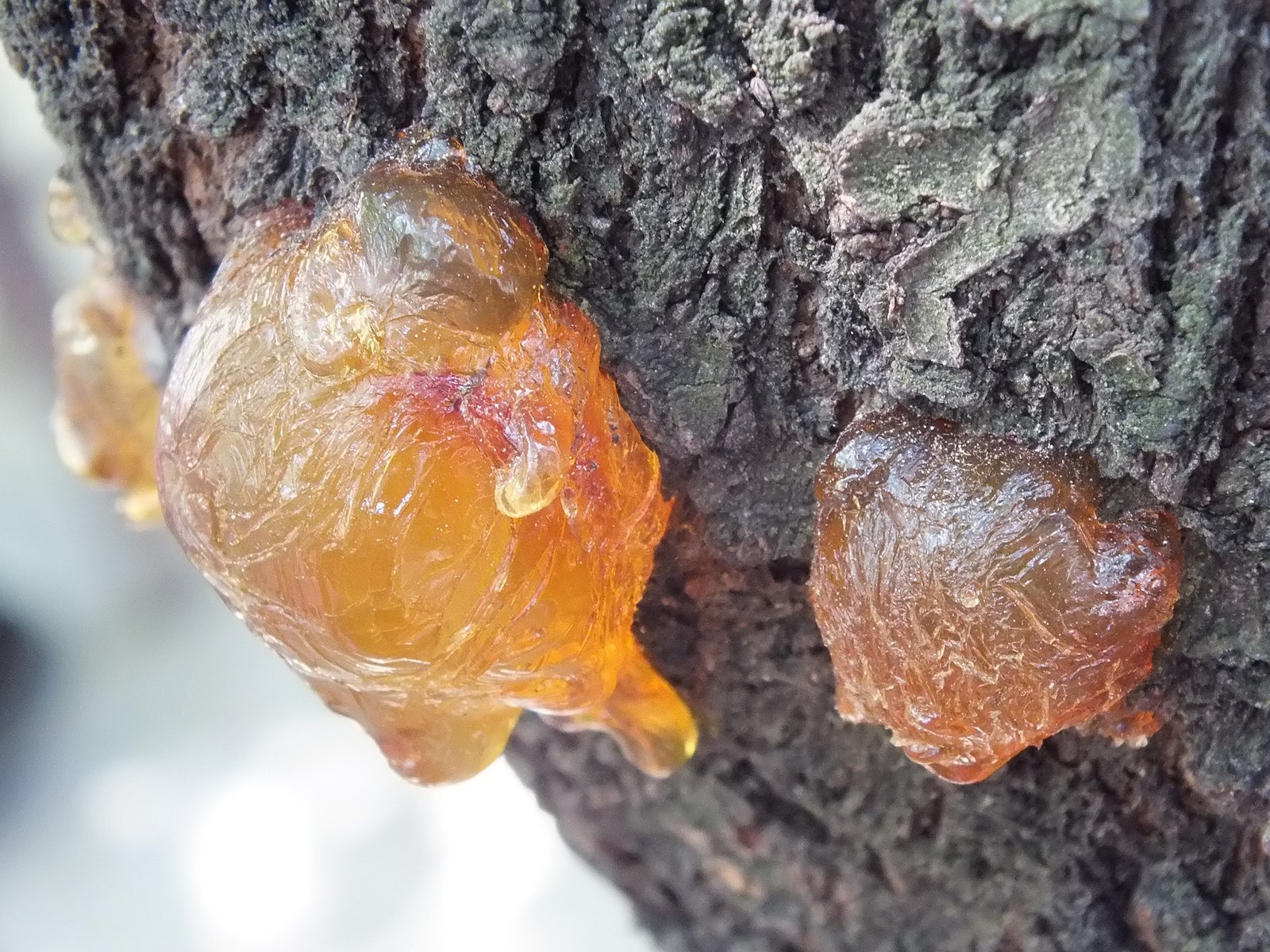
Advanced Incense Recipes for the Seasoned Artisan
You’ve dabbled in the art of incense-making, experimented with foundational recipes, and perhaps even ventured into some ancient blends. Now, you’re yearning for something more complex, aromatic profiles that challenge your senses and your skills as an incense crafter. This section is designed explicitly for the seasoned artisan, someone who has a deep appreciation for the intricacies of aromatic blending and is ready to embark on a more advanced journey. Let’s delve into the world of exotic, nuanced fragrances, shall we?
Exotic Musk: Amber and Dragon’s Blood Recipe
Ingredients Needed:
- Dragon’s blood resin: 20 grams
- Amber resin: 10 grams
- Charcoal disks: for burning
Steps:
- Preparation: Start by finely grinding the Dragon’s blood and Amber resins separately using a mortar and pestle. Ensure that the texture is consistent for both.
- Mixing: In a ceramic or glass bowl, combine the ground resins. Stir until you get a uniform mixture.
- Aging: One of the secrets to an exotic musk is the aging process. Seal your mixed resins in an airtight jar and let it age for a minimum of one week. The longer you allow it to age, the more robust and integrated the scent profile will become.
- Burning: Place a charcoal disk in an appropriate incense burner. Once the charcoal is glowing red and has a layer of ash over it, carefully place a small amount of your aged resin mixture onto it.
- Enjoying the Aroma: As the resin begins to melt on the charcoal, it will release its intricate aroma. Take a moment to savor the complex notes and appreciate the craftsmanship that went into creating this exotic blend.
Dragon’s blood resin is famed for its earthy, slightly sweet aroma with a hint of spice, while amber resin lends a rich, woody undertone to the blend. Together, they create an exotic, deeply aromatic profile that can transport you to faraway lands. Crafting this exotic musk incense requires a bit more patience and attention to detail than some simpler recipes, but the aromatic rewards are well worth the effort.
Herbal Delight: Sage and Mint Recipe
Ingredients Needed:
- Sage leaves (dried): 25 grams
- Peppermint leaves (dried): 20 grams
- Makko powder: 10 grams
The invigorating freshness of peppermint perfectly complements the earthy, soothing undertones of sage in this Herbal Delight recipe. This is an ideal blend for creating a calm yet energized atmosphere, perfect for focusing on tasks or enjoying a moment of tranquility.
Steps:
- Preparation: Begin by grinding your dried sage and peppermint leaves to a fine consistency using a mortar and pestle or an electric grinder.
- Blending: In a non-metallic bowl, mix the ground sage and peppermint together. Add the makko powder to the mixture for better combustion.
- Molding: This step involves creating the shape of your incense. Depending on your preference, you can either roll the mixture into cones or sticks, or keep it loose for burning on charcoal disks.
- Drying: Once you’ve molded your incense, leave it to dry in a cool, dark place for at least 48 hours. The drying time ensures that the makko powder and herbs bind together well.
- Burning: To release the aromatic splendor of this Herbal Delight, place a small amount on a burning charcoal disk or light your molded stick or cone.
- Savor the Atmosphere: As the incense burns, it releases an herbal aroma that is both refreshing and calming. Whether you’re trying to focus on work, meditate, or simply relax, this incense blend sets the perfect mood.
The invigorating freshness of peppermint perfectly complements the earthy, soothing undertones of sage in this Herbal Delight recipe. It’s an ideal blend for creating a calm yet energized atmosphere, perfect for focusing on tasks or enjoying a moment of tranquility. This Herbal Delight incense blend is not only an aromatic treat but also a therapeutic one, offering both stimulation and relaxation in each whiff.
The 7-Chakra Incense Blend
This blend aims to balance and open your seven chakras, resulting in a heightened sense of well-being and spiritual insight.
Ingredients Needed:
- Root Chakra: Patchouli leaves – 3 grams
- Sacral Chakra: Calendula flowers – 2 grams
- Solar Plexus Chakra: Chamomile flowers – 2 grams
- Heart Chakra: Rose petals – 3 grams
- Throat Chakra: Lavender buds – 2 grams
- Third-Eye Chakra: Mugwort – 1 gram
- Crown Chakra: Frankincense tears – 2 grams
- Makko powder or Tabu no ki (for binding) – 5 grams
Steps:
- Preparation: Make sure all your herbs are completely dried and ground into a powdery consistency.
- Mixing: Combine all the herbs together in a large bowl. Be sure to mix thoroughly to distribute each herb evenly.
- Binding: Slowly add the Makko powder or Tabu no ki into the herb mixture. If necessary, add a small amount of water to help bind the ingredients. You’re aiming for a dough-like consistency.
- Shaping: Shape the mixture into small cones or sticks. You can use molds or shape them manually.
- Drying: Place the shaped incense in a dry, dark place for at least a week to cure. This will also allow the aromas to meld together, enhancing the scent.
- Testing: Light one of your cured incense to make sure it burns well and the scent is to your liking. Adjust your recipe if necessary.
With the power of these seven herbs corresponding to each chakra, this incense blend not only fills your room with a harmonious scent but also aids in balancing your energy centers.

Time-Tested Resin-Based Incense Recipes
The art of incense crafting isn’t just limited to the use of herbs and flowers. For millennia, people have revered the potent resins that ooze from various trees and plants for their mystical and aromatic properties. In this section, we delve into time-honored resin-based incense recipes that have stood the test of time, crossing cultural boundaries and spiritual doctrines. Whether you are looking for a blend steeped in indigenous wisdom or one rooted in ancient medical traditions, this section has something for every aroma-artisan who wishes to go beyond the basics.
Copal and Pine: A Mesoamerican Blend
Ingredients Needed:
- Copal Resin: 50 grams
- Pine Resin: 30 grams
- Charcoal Disks: 5 pieces
Steps:
- Purification of Resins: Begin by purifying the copal and pine resins. In the indigenous Mesoamerican tradition, resins are often passed through sage smoke for purification.
- Grinding: Use a mortar and pestle to grind the copal and pine resins into a fine powder.
- Mixing: Combine the finely ground copal and pine resins in a bowl and mix them evenly. Ensure that both ingredients are thoroughly integrated.
- Charcoal Preparation: Light a charcoal disk and wait for it to become gray around the edges.
- Application: Sprinkle the mixed resins onto the charcoal disk. Ensure that you spread them evenly for uniform burning.
- Burning and Observation: As the resins start melting and releasing their fragrant smoke, take a moment to observe the scents merging in the air, uniting to form a unique, grounded aroma that has been cherished in Mesoamerican cultures for centuries.
Copal and pine are said to bring about grounding and clarity, often used in spiritual cleansing rituals. This blend, therefore, is not just an aromatic experience but a journey into an age-old spiritual tradition.
Guggul: An Ancient Ayurvedic Recipe
Ingredients Needed:
- Guggul Resin: 40 grams
- Sandalwood Powder: 20 grams
- Makko Powder: 10 grams (for binding)
Steps:
- Resin Preparation: Start by breaking the guggul resin into smaller pieces, preferably using a mortar and pestle.
- Sandalwood Integration: In a separate bowl, mix the sandalwood powder and the crushed guggul resin. Sandalwood serves not just as a fragrance but also as a cooling agent in Ayurvedic traditions.
- Binding and Shaping: Add makko powder to the resin-sandalwood mixture. This acts as a binding agent and ensures that your incense burns evenly. Combine until you achieve a dough-like consistency.
- Molding: Shape the dough into small pellets or sticks, depending on your preference.
- Drying: Allow the incense to dry naturally for at least a week in a shaded, cool, and dry place. Avoid direct sunlight, as it can alter the scent profile.
- Usage: Once dried, burn the incense on a charcoal disk or an incense burner specifically designed for resin incense.
Guggul has been a cornerstone in Ayurvedic medicine for centuries, believed to purify the air and even have medicinal benefits. This incense blend incorporates these ancient teachings, providing not just a fragrant atmosphere but also a dash of holistic well-being.
Arabic Oud Blend
Ingredients Needed:
- Oud (Agarwood): 20 grams
- Myrrh Resin: 15 grams
- Frankincense Tears: 15 grams
Steps:
- Oud Preparation: Begin by grinding the oud into a fine powder using a mortar and pestle. Be mindful that oud is precious and potent, so a little goes a long way.
- Resin Mixing: In a separate bowl, mix the myrrh and frankincense tears.
- Combination: Combine the ground oud with the mixed resins. This fusion creates an intense aromatic profile.
- Charcoal Setup: Place a charcoal disk in an incense burner and light it. Wait until the charcoal turns gray at the edges.
- Burning: Carefully place the oud and resin mixture onto the charcoal. As the ingredients begin to smolder, they will release an intense, luxurious aroma reminiscent of ancient Arabian nights.
Arabic Oud incense is opulent and rich, often used in sacred and ceremonial settings. Its historical and cultural richness adds an extra layer of depth to your aromatic endeavors.
Conclusion
At this juncture, we’ve taken a fascinating olfactory journey through time and cultures, from beginner-friendly recipes to ancient formulations and advanced blends. The art of crafting incense is a fragrant gateway to both history and personal self-expression. From the ancient monasteries of Tibet to the modern kitchens of DIY enthusiasts, incense recipes offer a scent for every soul.


